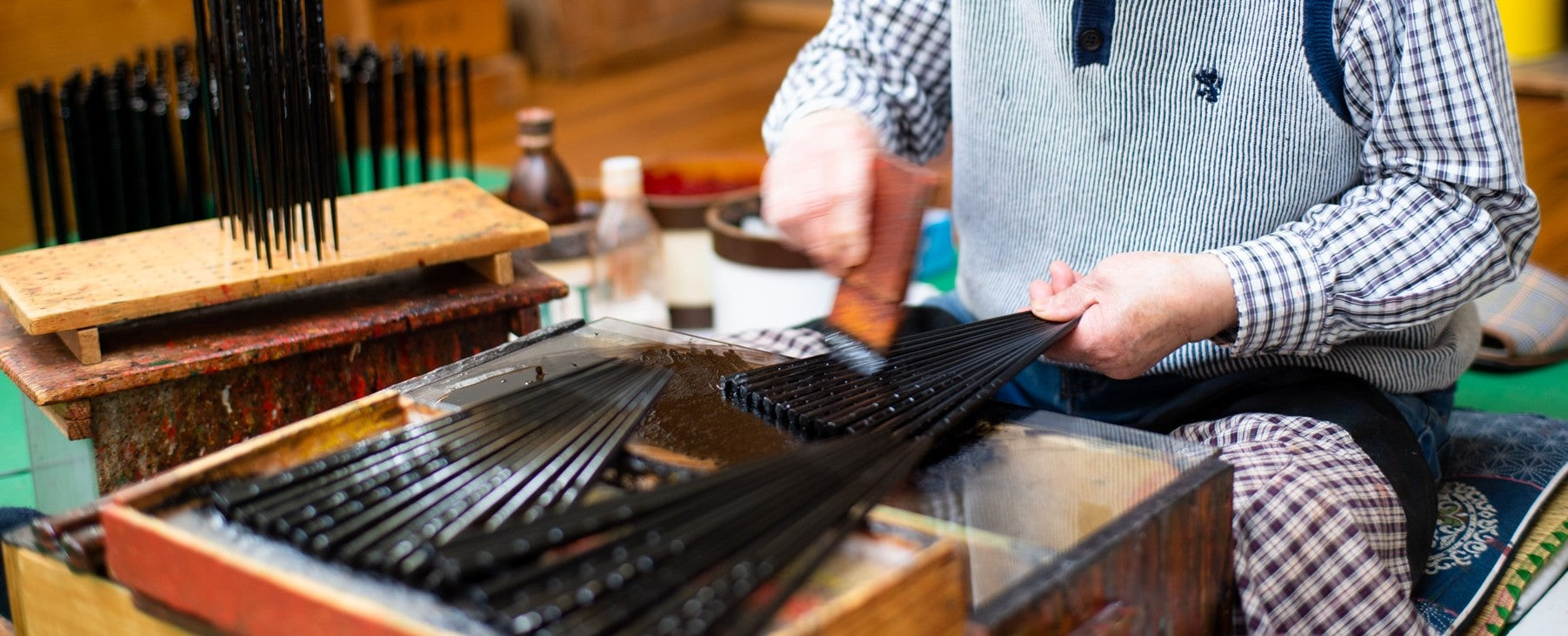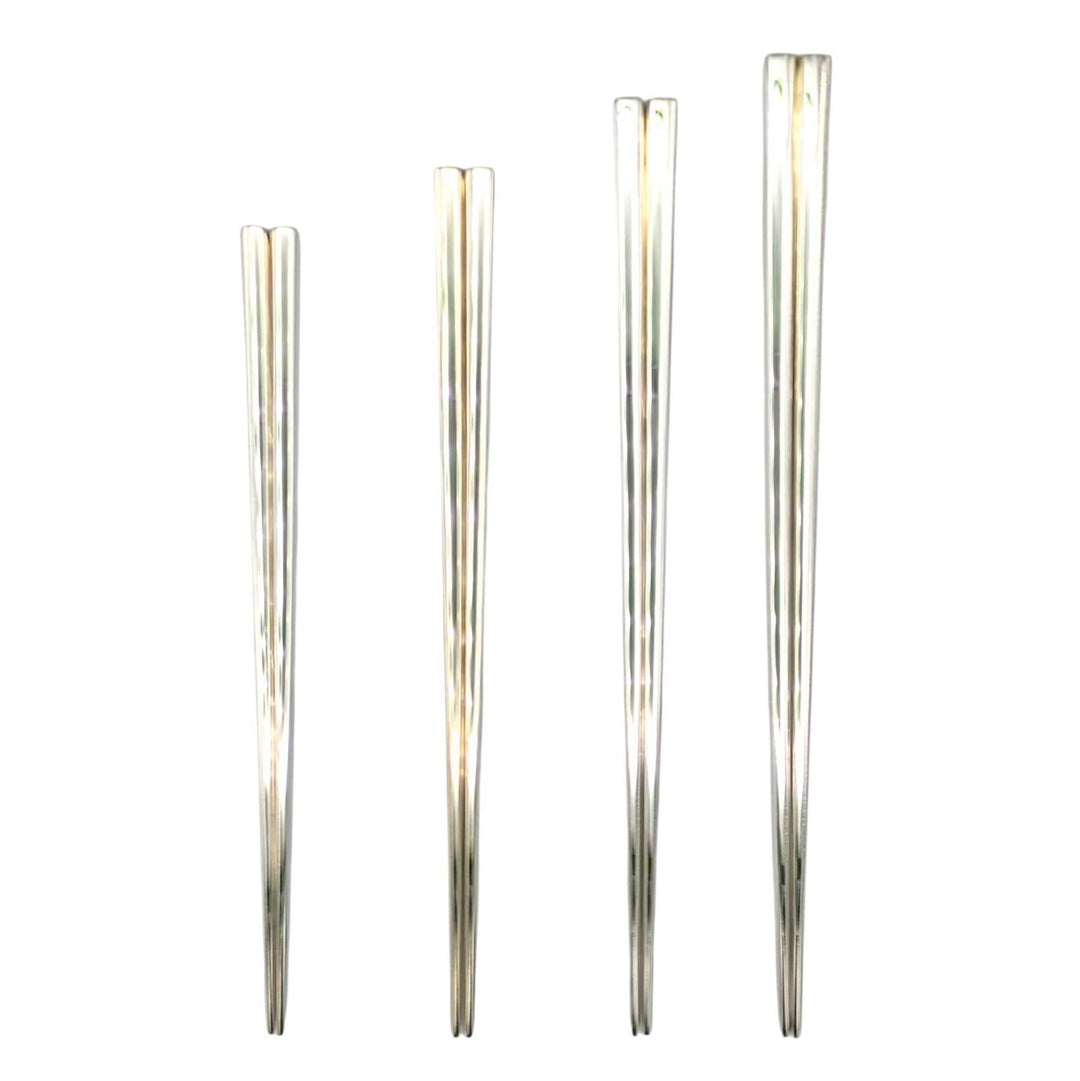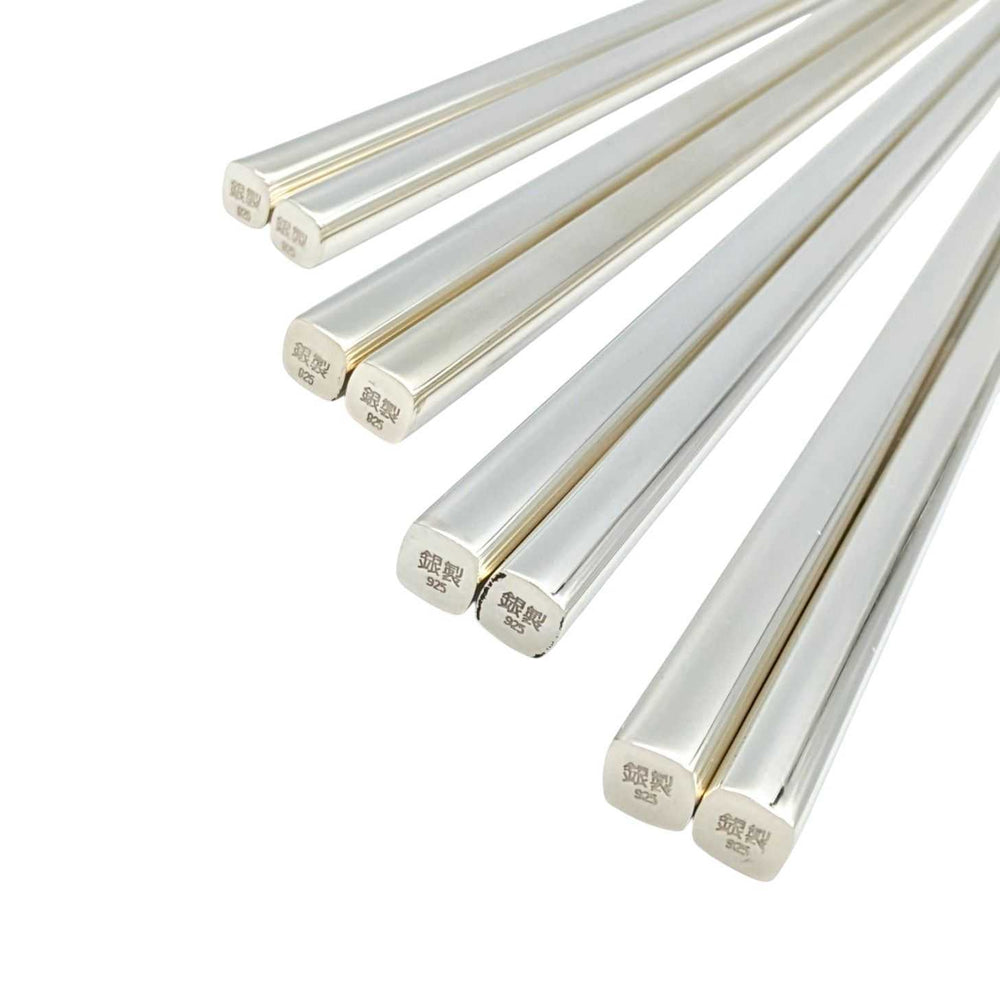The ancient chopstick, often considered the prototype of modern chopsticks, dates back to when bamboo was shaped and tempered over fire to achieve this design. This innovation is said to have revolutionized food culture by making it easier to cook ingredients over an open flame.
These chopsticks are crafted in Wakasa, Fukui Prefecture, Japan's largest chopstick production region, and represent a historically significant design in the evolution of chopsticks.
The larger size is ideal for serving dishes, while the smaller size is perfect for condiments, snacks, or other small items.
About the Production Area: Wakasa Lacquerware
Obama City, located in Fukui Prefecture, is a major production hub for chopsticks, accounting for nearly 90% of Japan's chopstick production. The origins of Wakasa lacquerware can be traced back to the early Edo period when artisans from the Obama domain began crafting designs inspired by the seafloor.
These chopsticks, made using materials such as eggshells, mother-of-pearl, pine needles, and rapeseed, depict mystical seafloor scenes. Layers of colored lacquer and gold leaf are applied and finished with additional coats of lacquer, resulting in a durable and refined product.
The chopstick tips, known as Tsuruno Kuchibashi ("crane's beak"), are designed to easily pick up even small items and are also considered a symbol of longevity. These chopsticks are not only beautiful but also safe and reliable for everyday use.













